35 mm TRYTON Cannon for the Kormoran Vessel
Representatives of the PIT-RADWAR company announced, during the Maritime Security Forum (Forum Bezpieczeństwa Morskiego) event in Warsaw, that 35 mm TRYTON naval artillery system is going to be installed on the ORP “Kaszub” corvette during the first quarter of 2016, and that a test programme involving the system and the ship is going to be completed. Moreover, programmable 35 mm rounds for this system, and for its land-based variety, are also planned to be developed and implemented until 2017.
So far, we know that the aforementioned TRYTON naval artillery system is going to be used to act against maritime and airborne targets, including the unmanned aircraft. The system is going to consist out of four, basic building blocks:
-
35 mm independent cannon embedded in a stealth turret;
-
Integrated ZGS 158M tracking system, most probably based on optoelectronic sensors mounted on a stabilized rig;
-
Fire Control Station, embedded within a single multi-function console handled by a single operator;
-
Reserve Fire Control station, allowing the user to aim the cannon directly, optically.
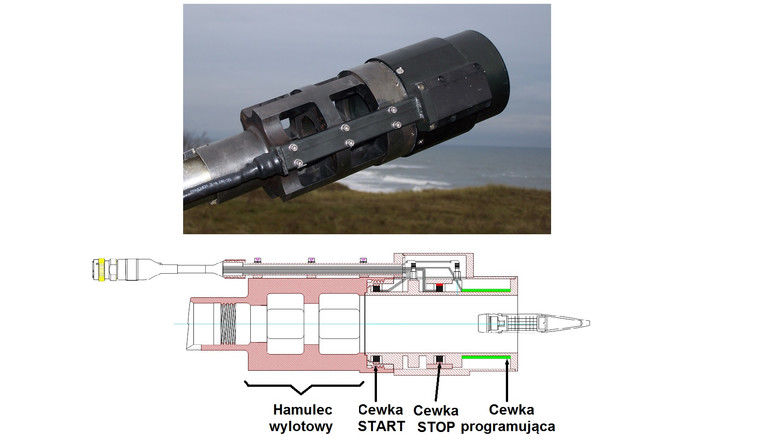
The whole fire control process is going to be carried out from the interior of the ship in the primary mode, while the targeting data is going to be provided by the ZGS-158M optronic sensor. In the reserve mode, the cannon is going to be guided by a targeting system, placed in a proper location, within the open space up on the ship's deck. So far, the installation method for the external elements of the TRYTON system, onboard the ORP “Kaszub” vessel and the ORP “Kormoran” mine-hunter, has been presented. Last year, in case of “Kaszub”, the relevant cable network has already been laid. Should the whole research programme, scheduled to be finalized until the end of 2016, confirm the assumed specification of the cannon, it is going to, most probably, become the basic weapon at most of the new Polish vessels, particularly in case of the ships that are being constructed within the scope of the “Kormoran II”, “Miecznik”, and “Czapla” programmes.
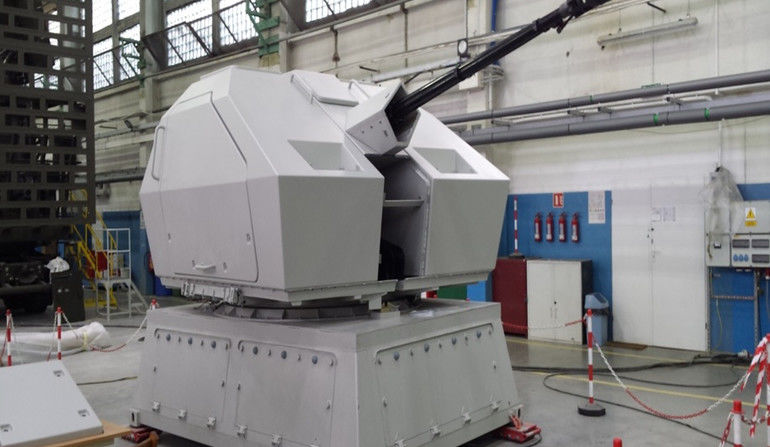
The tactical and technical data referring to the system, and above all, to the cannon, has not yet been publicized. The issue in question would be quite complex, since quality of the optical sensors contained within the ZGS-158M targeting suite is also going to play a significant part, when it comes to the accuracy of the system. ZGS-158S suite consists of thermal vision cameras, visible light spectrum cameras and a laser rangefinder - and not much information has been available, pertaining the above-mentioned components. However, it is said that the TRYTON system’s effectiveness may be increased, after programmable projectiles are introduced into use, after 2018.
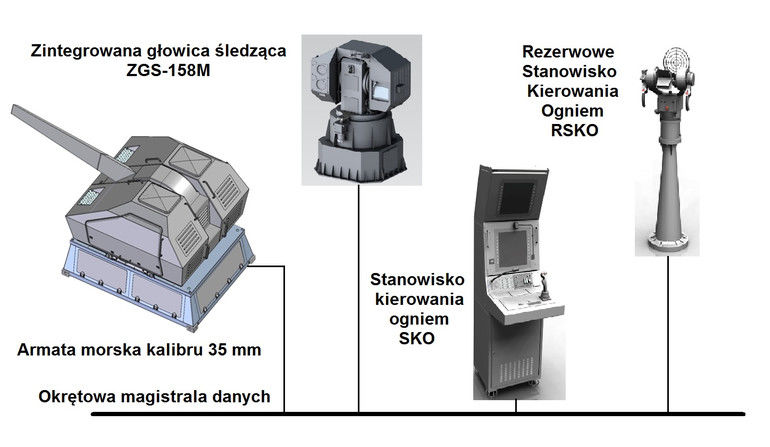
The existence of works related to such ammunition has been confirmed during the Forum, when PIT-RADWAR company was presenting its new design of an anti-aircraft artillery system featuring 35 mm cannons. The design is being developed by a task consortium consisting of the following companies: PIT-RADWAR, “Tarnów” and “Mesko” Mechanical Works facilities. The above initiative is going to constitute a continuation of the programme which led to development of the BLENDA anti-aircraft artillery system, successfully introduced into use in the Naval coastal anti-aircraft units.
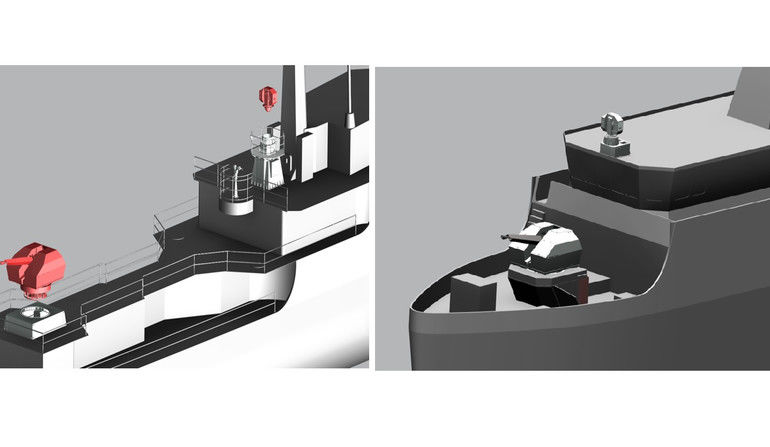
The whole TRYTON artillery system has been developed within the scope of a programme realized by the National Centre for Reearch and Development, realized between 2012 and 2016, in collaboration with the Military University of Technology, Polish Naval Academy, “Tarnów” Mechanical Works and PIT-RADWAR. The above programme was realized partially thanks to the fact, that a license has been acquired from the Swiss Oerlikon company, related to a 35 mm cannon.


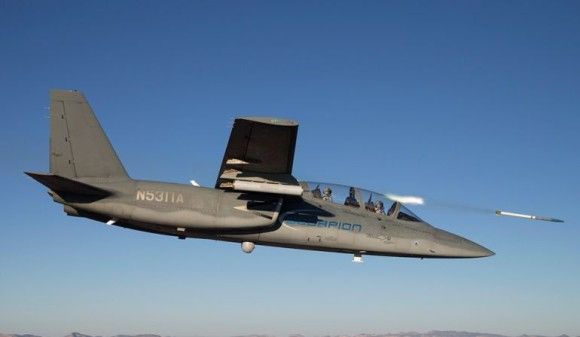
WIDEO: Defence24 Days 2025: Premier Defence & Security Conference in CEE